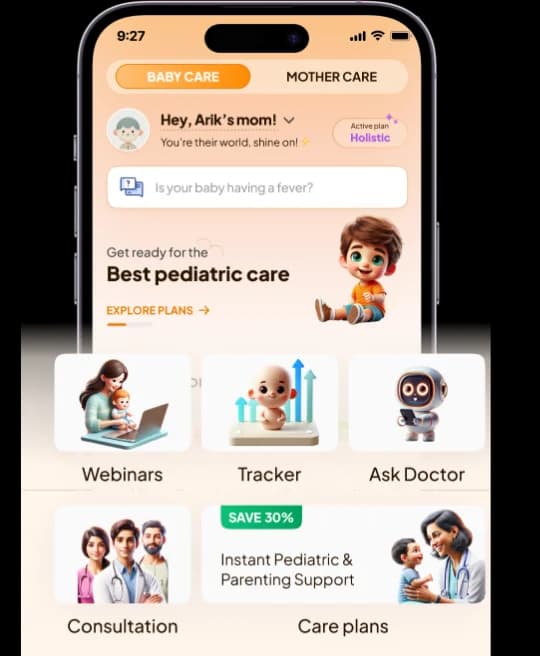
Administering Insulin Injections for Children with Type 1 Diabetes
For children with Type 1 Diabetes, insulin injections are a necessary part of their daily routine. Administering insulin injections to a child with Type 1 Diabetes can be a challenging task, but with the right guidance and resources, it can become a routine part of their care. This guide provides a detailed overview of the materials needed, preparation steps, and injection technique required to ensure safe and effective administration of insulin.
How insulin injection works in T1D
- Insulin is produced by pancreatic beta cells, which are destroyed by the immune system in T1D.
- Without sufficient insulin, blood sugar levels can rise to dangerous levels, leading to long-term health problems.
- Children with T1D need to check their blood glucose levels regularly to maintain them within a target range.
- This is typically done by pricking a fingertip and using a glucose meter to read the blood glucose level.
- Based on this reading, the amount of insulin required to maintain normal blood sugar levels can be determined.
How to Give a Child an Insulin Injection
Steps for Administering an Insulin Injection:
Materials Needed:
- Insulin bottle
- Syringe
- Alcohol swabs
- Container for used syringes
Preparation:
- Wash your hands
- Inspect the insulin bottle to ensure it is not expired
- Take the lid off the insulin bottle
- Using an alcohol swab, clean the bottle's rubber top
- Take the syringe's cap off
